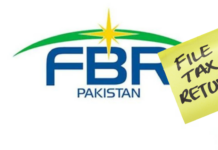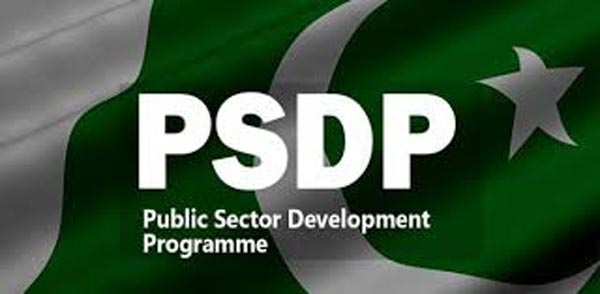The federal government has unveiled a national development plan worth Rs 4.224 trillion for the fiscal year 2025–26, as approved earlier by the National Economic Council (NEC). According to the budget documents, this is the highest-ever government investment in the development sector.
The total outlay includes Rs 1.00 trillion allocated for the federal Public Sector Development Programme (PSDP) and Rs 2.869 trillion earmarked for the provincial Annual Development Programs (ADPs).
What stands out most prominently in the documents for the development budget is the reduction in the allocation for the PSDP. Last year, the government had set an ambitious allocation of Rs 1.4 trillion for PSDP projects. The first reality check regarding this figure came soon after the budget, when the International Monetary Fund (IMF) demanded that it be cut down. The allocation was revised to Rs 1.1 trillion soon after.
By May this year, it became clear that the government had been more than just ambitious in its assessment. In the 10 months since the budget was passed, PSDP spending stood at a pathetic 41%. The development spending stood at Rs448.6bn in the first 10 months (July-April) of fiscal year 2025, accounting for less than 41pc of Rs1.1 trillion revised budget allocation for the whole year. The lack of spending suggests a large part of the Public Sector Development Programme (PSDP) — revised down from Rs1.4tr to Rs1.1tr — would remain unspent at the end of the fiscal year in June.
The only exception that accounted for most of the paltry spending? Funds given to parliamentarians. The utilisation of funds at Rs 35 billion was even higher than the first revised allocation of Rs 25 billion for the current year.
This year, the total PSDP budget is Rs 1 trillion. This is down by The content in this publication is expensive to produce. But unlike other journalistic outfits, business publications have to cover the very organizations that directly give them advertisements. Hence, this large source of revenue, which is the lifeblood of other media houses, is severely compromised on account of Profit’s no-compromise policy when it comes to our reporting. No wonder, Profit has lost multiple ad deals, worth tens of millions of rupees, due to stories that held big businesses to account. Hence, for our work to continue unfettered, it must be supported by discerning readers who know the value of quality business journalism, not just for the economy but for the society as a whole.To read the full article, subscribe and support independent business journalism in Pakistan























